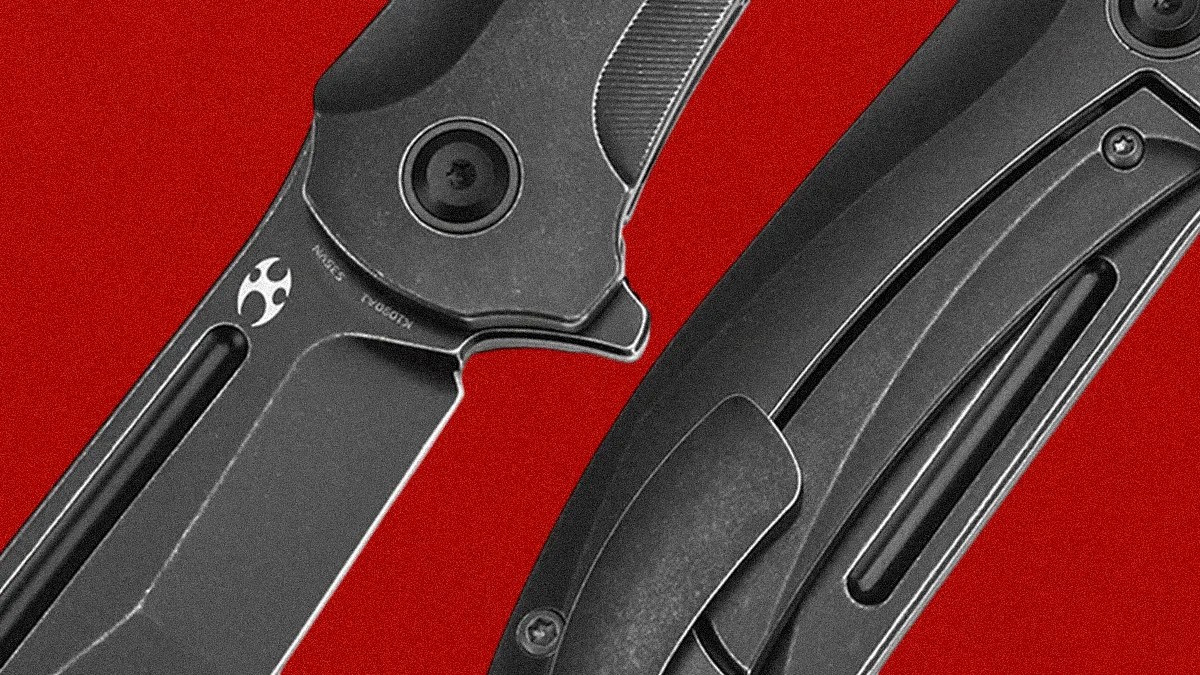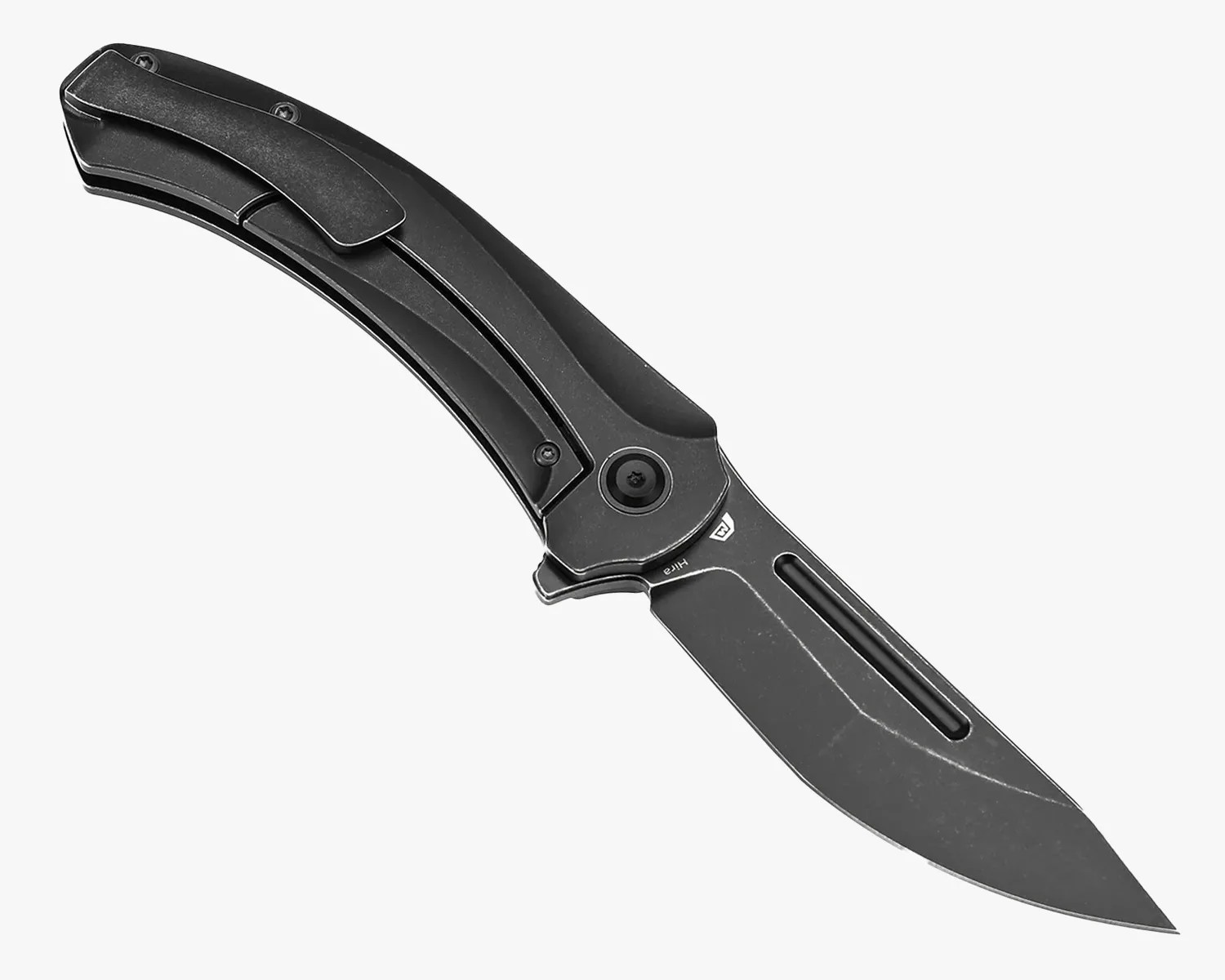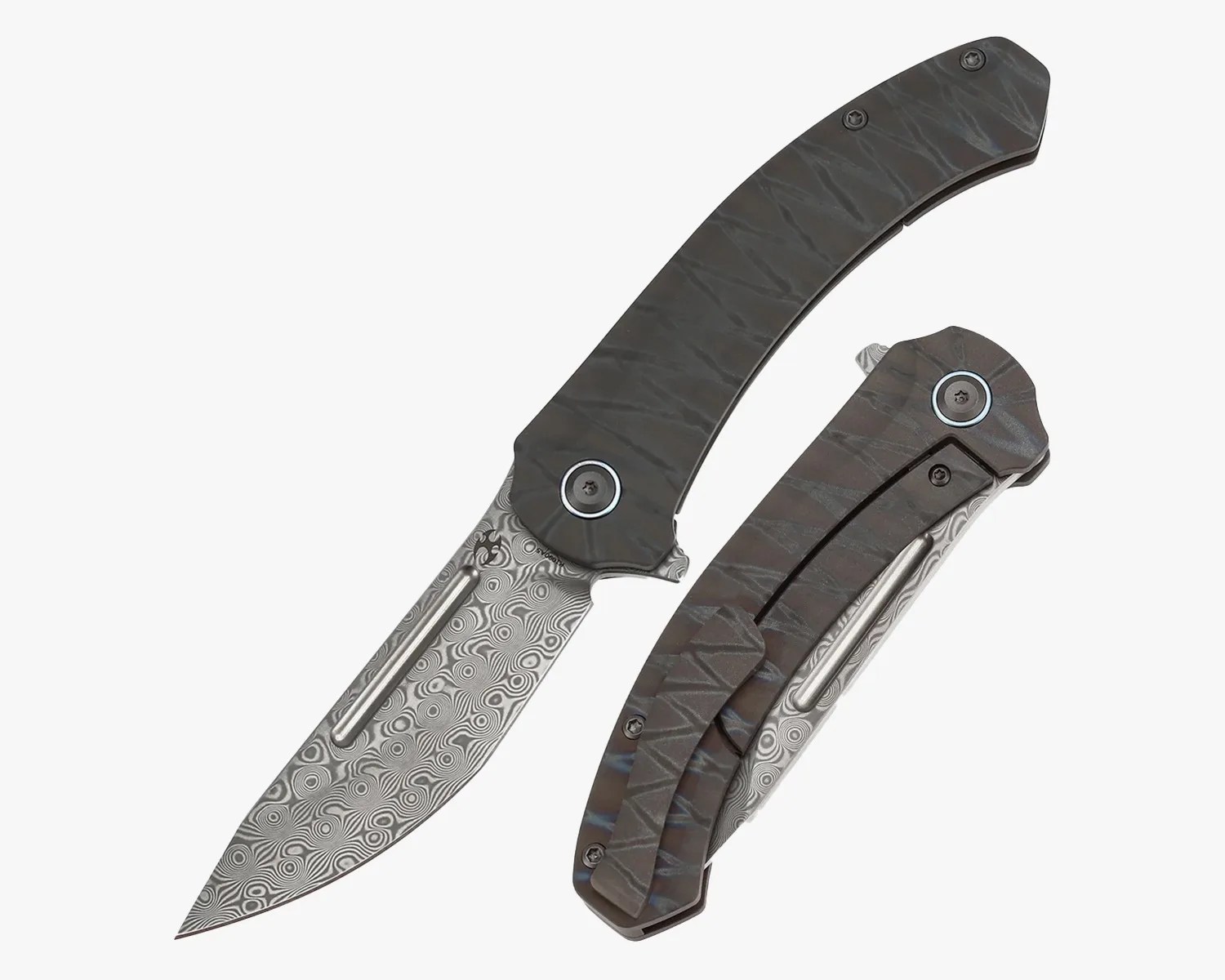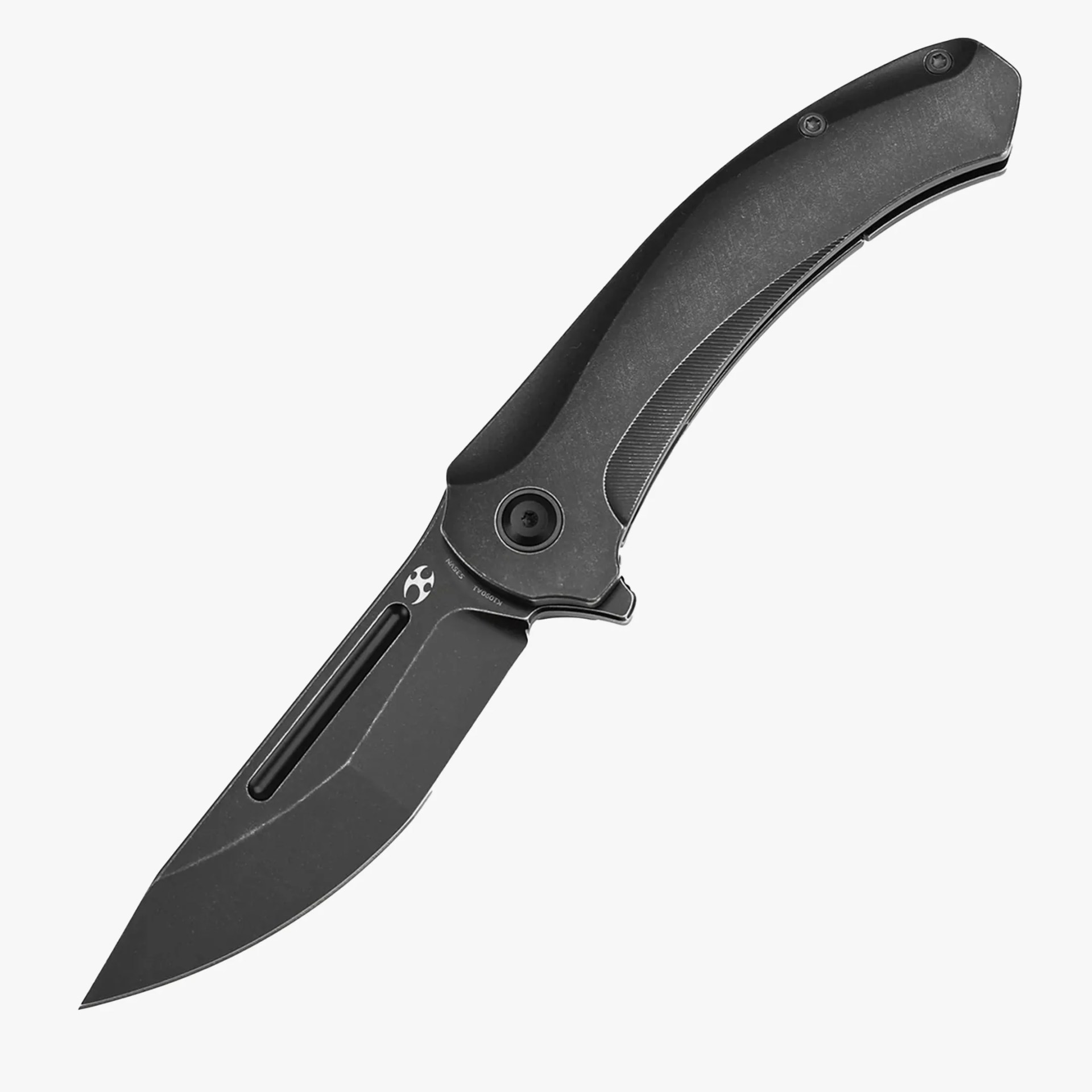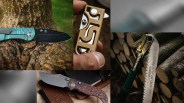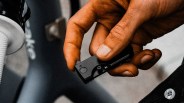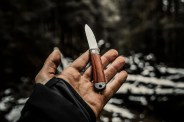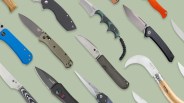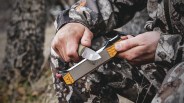As you’ve probably noticed if you’ve spent much time checking out Gear Patrol’s knife coverage (and you should), lots of blades draw from classic Japanese sword shapes.
The most common is the tanto, followed probably by the reverse tanto, of course, inspired by a Samurai short sword that ceaselessly delivers in EDC knife form.
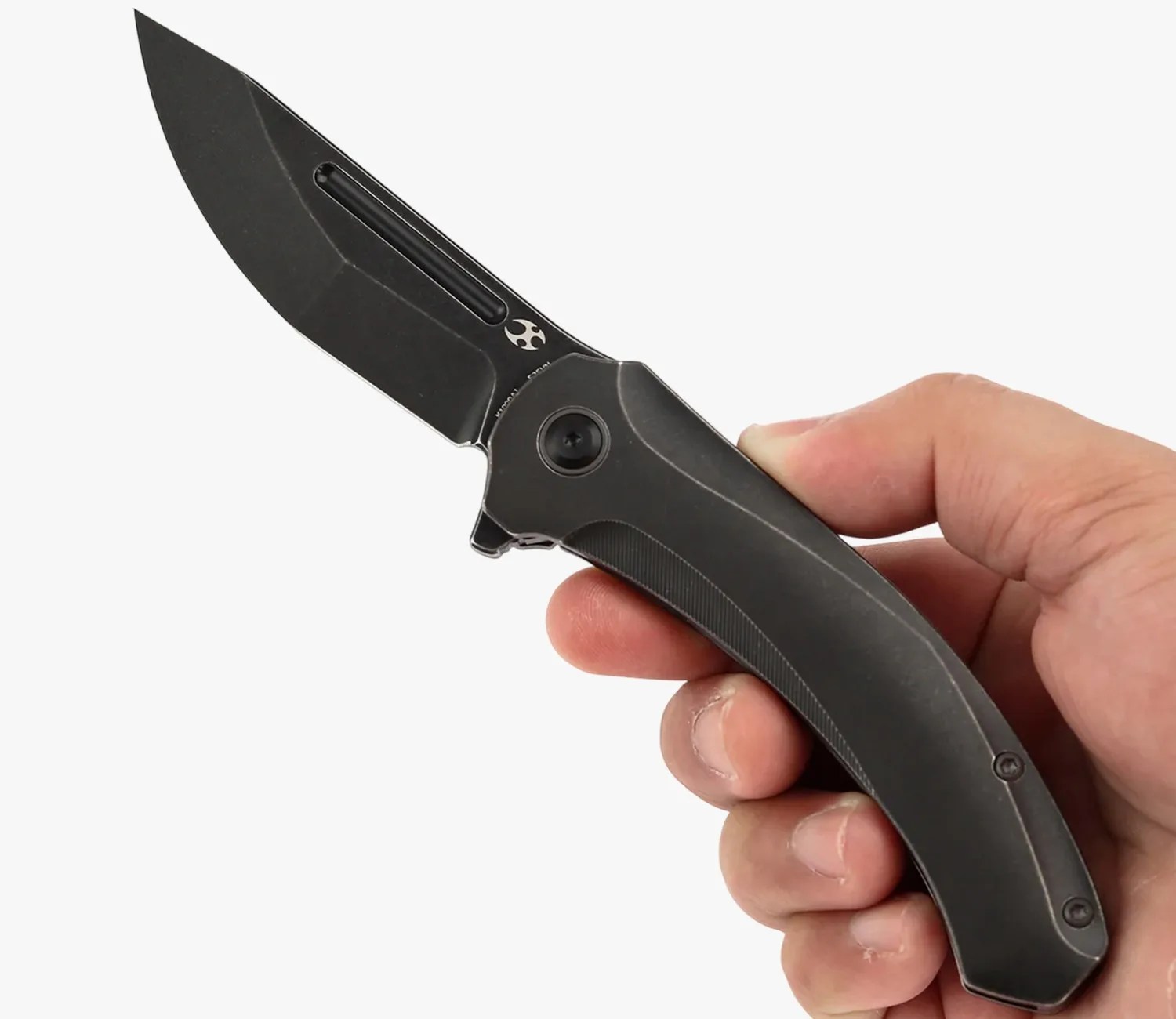
But what if I were to tell you that a new knife features not one ancient Japanese blade style but two?
That’s exactly what we are getting with Kansept’s new Marco Panella-designed offering, the (somewhat) appropriately named Hira Flipper.
Singular shape
I say “somewhat” because, according to my (admittedly unscholarly) research, the word Hira only tells half the story.
The Hira-Zukuri blade shape is an almost elemental blade design, simple and flat and ridgeless, ideal for utility swords and unfussy battle knives. It dates back to ancient times but was common after Japan’s Heian Period (post-806 CE).
